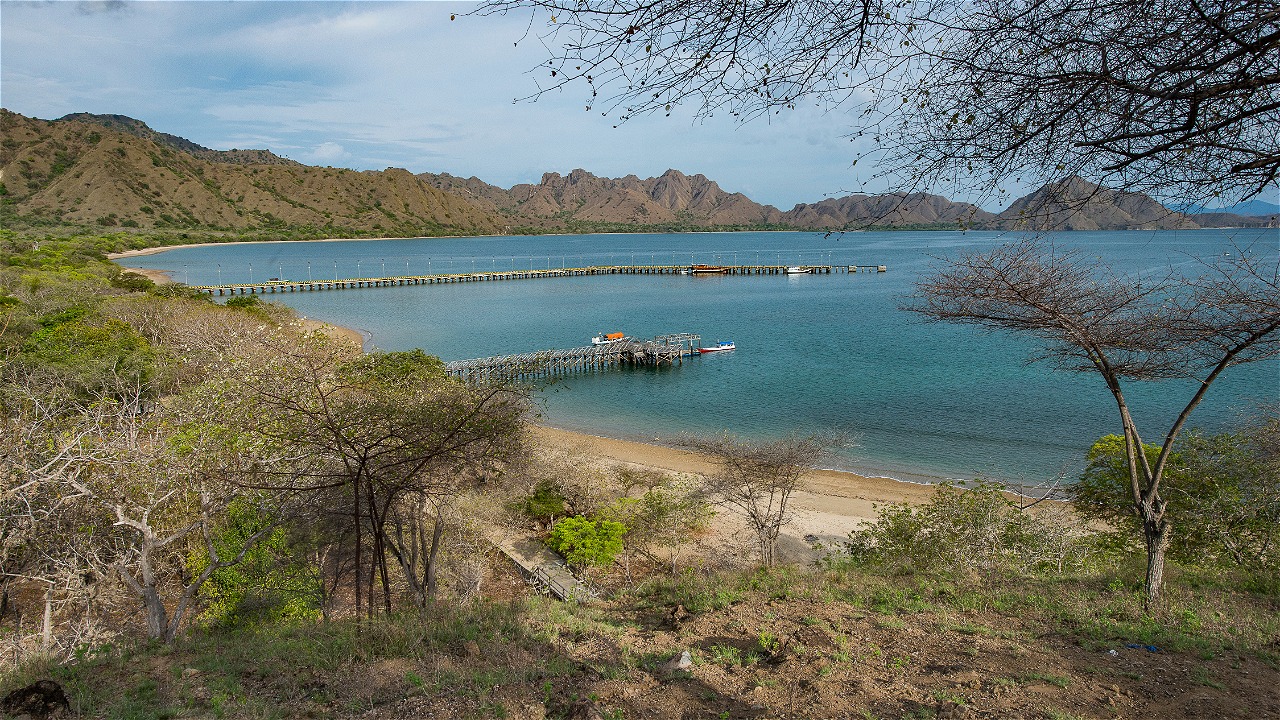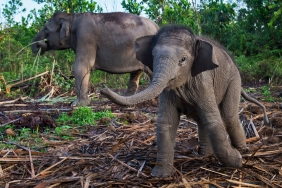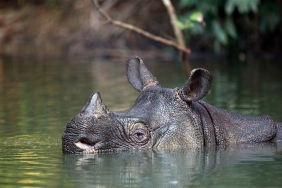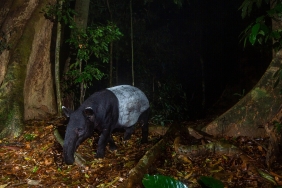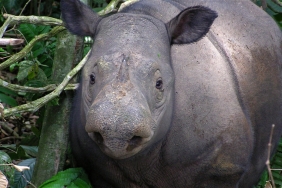WEST MANGGARAI REGENCY AND KOMODO NATIONAL PARK AGENCY STRENGTHEN COLLABORATION ON SUSTAINABLE MANAGEMENT
By: Jensi Sartin (Komodo MPA Coordinator, WWF-Indonesia)
The Komodo National Park (TN) is one of the areas recognized by UNESCO as a world heritage site. The Komodo dragon is undeniably the icon of this national park. Komodo National Park's location at the center of the World Coral Triangle makes this area holds great aquatic potential and is ecologically important. In fact, a WWF-Indonesia study in 2016 showed that sharks and manta rays are also a major tourist attraction in the region.
In late February 2017, WWF-Indonesia facilitated a field visit to Komodo National Park by the local government of West Manggarai. The visit, which aimed to strengthen collaboration between the West Manggarai Regency Government and the Komodo National Park Office in the management of water areas inside and outside Komodo National Park, was attended by the Vice Regent of West Manggarai, Maria Geong Ph.D; Head of the Komodo National Park Office, Sudiyono; West Manggarai Regency Tourism Office; and members of the West Manggarai Regency DPRD from Commission B on tourism and Commission C on economy and development.
"The best option is to manage this water area in an integrated and collaborative manner, starting right now, for the good of the community and the preservation of natural resources," Maria said during her visit. This was also agreed by Sudiyono, who said that Komodo National Park does not only belong to the people of West Manggarai; East Nusa Tenggara; or Indonesia, but also the world. Therefore, it takes the shared responsibility of all parties to work together to care for and protect this national park.
This field visit resulted in several points of understanding, among others:
- Immediate establishment of a tourism masterplan for Komodo National Park and West Manggarai, mainly related to the carrying capacity of the area to visitors and tourism spatial planning that integrates tourism inside and outside the area;
- Addition of program and budget allocations for the management of the waters of Komodo National Park and West Manggarai;
- Promoting a one-door system for tourism service fees in Komodo National Park and West Manggarai;
- Policy support for the full protection of sharks and manta rays in all waters of Komodo National Park and West Manggarai;
- Collaboration on monitoring by establishing a marine Civil Service Police Unit (Satpol PP) to assist the work of forest rangers in Komodo National Park and West Manggarai, including the use of CCTV and drone technology;
- Involvement of tour operators in West Manggarai in monitoring in Komodo National Park (reporting marine animal encounters, illegal fishing practices, etc.);
- Capacity building for local communities to be involved in and benefit from the tourism business in Komodo National Park and West Manggarai (such as land and sea tour guides/dive guides, hospitality, etc.);
- Establish an integrated waste management master plan in West Manggarai, including encouraging economic incentives from waste management for the community (such as strengthening KSU Sampah Komodo, Trash Hero Waste Care Group, TPS 3R, etc);
- Building management agreements with districts in the buffer zone (such as Bima); and
- Addition and maintenance of mooring buoys at dive sites (such as Makassar Reef, Manta point, etc.).
With field visits like this, it is hoped that in the future all relevant parties can work together in supporting the protection, preservation, and utilization of areas inside and outside Komodo National Park.

